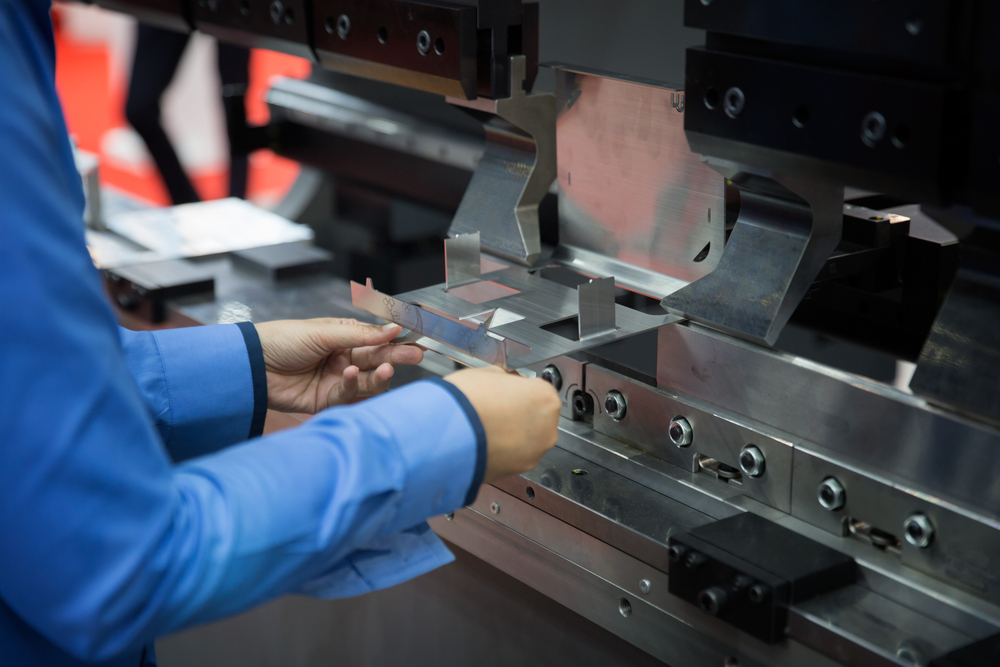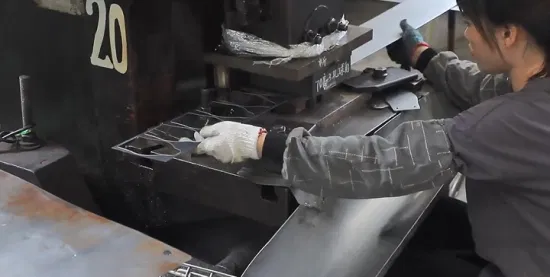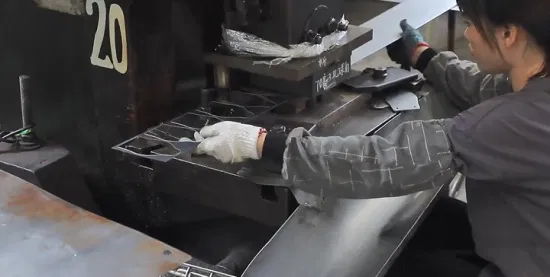In recent years, nanotechnology has begun to transform various industries, and the world of metal stamping is no exception. As manufacturers seek to improve efficiency, precision, and sustainability, the integration of nanotechnology in metal stamping is becoming increasingly important. In this article, we will explore how this cutting-edge technology is reshaping the industry, providing new opportunities for innovation and growth.

The Basics of Metal Stamping
Metal stamping is a manufacturing process used to convert flat metal sheets into specific shapes. It involves several techniques, such as blanking, punching, bending, and coining. This process is integral to creating parts and components for various industries, including automotive, aerospace, and consumer electronics.
What is Nanotechnology?
Nanotechnology involves manipulating materials on an atomic or molecular scale, typically at dimensions between 1 and 100 nanometers. This technology enables the creation of materials with enhanced properties, such as increased strength, improved electrical conductivity, and greater resistance to wear and corrosion.
Integrating Nanotechnology in Metal Stamping
The incorporation of nanotechnology in metal stamping has paved the way for significant advancements in manufacturing processes. By leveraging the unique properties of nanomaterials, manufacturers can produce components with unprecedented precision and quality.
Enhanced Material Properties
One of the primary benefits of using nanotechnology in metal stamping is the ability to enhance the properties of materials. Nanomaterials can be engineered to exhibit superior strength, making components more durable and resistant to wear. This improvement results in longer-lasting products and reduced maintenance costs.
Improved Precision and Accuracy
With nanotechnology, manufacturers can achieve higher levels of precision in the metal stamping process. Nanoscale materials enable the creation of intricate and complex designs that were previously unattainable. This increased accuracy allows manufacturers to produce components that meet the stringent demands of industries like aerospace and electronics.
Reducing Material Waste
The use of nanotechnology in metal stamping also contributes to sustainability efforts by reducing material waste. By optimizing the manufacturing process, manufacturers can minimize the amount of raw material required, leading to cost savings and a smaller environmental footprint.
Boosting Productivity
Integrating nanotechnology into metal stamping processes can boost productivity by reducing downtime and improving equipment efficiency. Advanced materials and coatings can extend the life of stamping dies and tools, resulting in fewer interruptions and increased output. For more insights on improving productivity, you can visit stamping press productivity.
Challenges and Considerations
While the benefits of nanotechnology in metal stamping are clear, there are also challenges to consider. The cost of integrating nanomaterials and the need for specialized equipment can be significant barriers for some manufacturers. Additionally, the industry must address concerns related to the safety and environmental impact of nanomaterials.
Future Prospects
The future of nanotechnology in metal stamping is promising, with ongoing research and development efforts focused on unlocking new possibilities. As technology advances, we can expect even more innovative applications and improved manufacturing processes that will benefit industries worldwide.
Collaboration and Innovation
Collaboration between researchers, manufacturers, and technology providers will be crucial in driving the adoption of nanotechnology in metal stamping. By working together, industry stakeholders can identify new opportunities and develop solutions that address the challenges of implementing this technology.
Regulatory and Safety Considerations
As the use of nanotechnology in metal stamping grows, manufacturers must navigate regulatory and safety considerations. Ensuring compliance with industry standards and addressing potential health and environmental risks will be essential to the successful adoption of this technology.
Conclusion
The integration of nanotechnology in metal stamping is revolutionizing the industry, offering numerous benefits such as enhanced material properties, improved precision, and reduced waste. Despite the challenges, the potential for innovation and growth is immense. As manufacturers continue to embrace this technology, the future of metal stamping looks brighter than ever.

FAQs
What is the role of nanotechnology in metal stamping?
Nanotechnology enhances material properties, improves precision, and reduces waste in the metal stamping process.
How does nanotechnology improve metal stamping precision?
By utilizing nanoscale materials, manufacturers can achieve higher accuracy and create intricate designs that were previously unattainable.
What are the challenges of using nanotechnology in metal stamping?
Challenges include the cost of integrating nanomaterials, specialized equipment needs, and addressing safety and environmental concerns.
For more information on metal stamping processes, you can visit metal punching vs stamping.
This article contains affiliate links. We may earn a commission at no extra cost to you.

